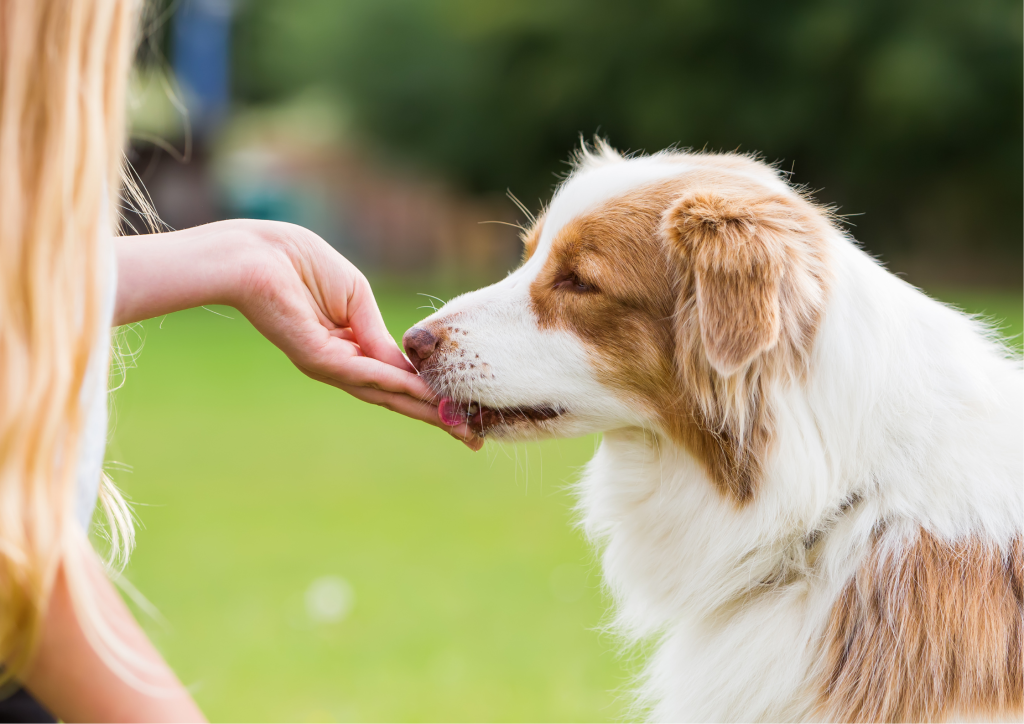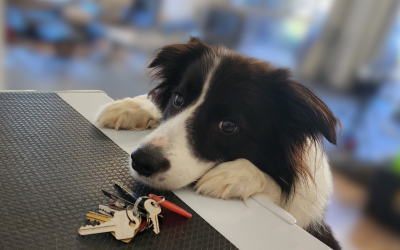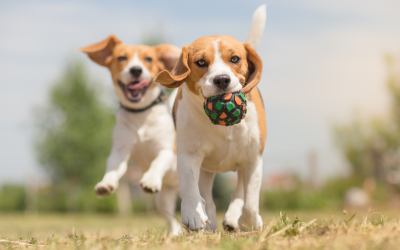Why Does My Dog Or Puppy Only Listens When I Have Treats?

Today, I want to discuss a common concern among dog and puppy owners: why do our dogs or puppies only seem to listen when we have treats? This issue often leads to hesitancy in using treats during training due to the fear of creating a perpetual dependency. Let’s explore why this happens and how to train effectively without making treats a permanent crutch.
Rewarding your dog, on the other hand, means giving the treat after the desired action is completed.Charlotte Bryan
Video Transcript:
Hi, welcome back. I just wanted to have a chat about why our dog or puppy only seems to listen when we have treats.
This is a question that I think many dog and puppy owners experience and I believe that it also leads to that hesitation early on to actually use treats in training. I think that we may develop a bit of a fear that if we start using treats to train our puppy that we’ll forever be stuck dishing out treats all the time and this isn’t the case.
This is a valid point to consider and I’ll be totally honest, I have seen many dogs who won’t do anything unless they can see that treat in their person’s hand. But I can say with confidence – with my boy Frankie as proof – that just because you use treats during training, it doesn’t always mean your dog or puppy won’t be able to work without them.
I consistently used lots of treats early on in his life – certainly the first 9 or 10 months before I started fading them out – but now I don’t use them routinely when out and about with Frankie.
How do we get this?
There are some things that we need to remember whilst training in order to avoid this overreliance on treats.
Number 1 – Don’t rely on “candy” treats
When it comes to rewarding our dog or puppy, we have what I call “candy” treats and “healthy” treats. For me, “candy” treats are treats that aren’t really that nutritionally healthy – they’re often your packaged “training treats” such as your puppy rewards or liver treats – those sorts of treats.
I find these just aren’t as wholesome for our dog or puppy. It’s not that I never train with them, it’s just that I use them sparingly. “Healthy” treats for me are just treats, or food that I can use during training, that just seems a bit more nutritionally packed. For instance, your Prime100, quality kibbles – that sort of thing.
Using kibble is great – I don’t necessarily believe in the whole “nothing in life is free” rule but I do think it’s a great idea to give your dog some food in their bowl and then use the rest for training – specifically because I wouldn’t work on an empty stomach so I don’t expect my dog to either.
But this tip can help reduce our dog or puppy’s reliance on treats all the time because they get kibble at other times – not just during training so it takes away that “candy hit”.
Number 2 – Reward, don’t bribe.
It’s very important when we’re training our dog or puppy that we’re not bribing. Rewards and Bribes are similar but they’re not exactly the same. So how do we know whether we’re bribing or rewarding our dog or puppy? We can tell by when we start reaching for that treat.
A bribe appears before or during a training cue or command. If we say “here” and want to call our dog over but we’ve already got the treat in our hand then we’re bribing our dog – same with during. If our dog or puppy is still completing the action then we’re bribing them to some extent.
If however we wait for them to complete the entire action and then reward – then we’re rewarding them. For instance, we say “here” our dog or puppy runs over and then we reward them with a treat and play once they reach us – then we’re rewarding them.
Of course, if we’re still teaching our dog or puppy something – such as teaching them to sit by luring over their head then we’re bribing them but that’s ok, they’re learning.
But once we’re confident that they understand the cue or command then we need to take a closer look at whether we’re rewarding or bribing them. For instance, we say sit then we reach into our treat pouch and reward – we don’t want to already have the treat in our hand – but again, that’s once they know what to do.
Number 3 – Only reward effort
This is my most important point here today. When we’re training our dogs and puppies, there are varying degrees of effort which they put into following our cues and commands.
This ranges from no effort to lots of effort. Now, something common that I see is that many puppy owners tend to just reward every single time their puppy does something – for instance every time they say sit and their puppy sits.
Again, this is ok in the learning stage – while our puppy is learning new things – absolutely we should be rewarding every time they get the action somewhat correct – to help them understand what we want. But once they do understand what we want them to do when we give them cues then we need to be a bit more discerning.
When we’re proofing our training (not when they’re learning but once they know what to do and we want to make them better) then we need to look at the amount of energy they’re putting into the action. For instance, when we’re proofing our training, I’ll only reward my dog if I get that feeling that he put in effort for me.
If I get that feeling that “yes, he tried hard” then absolutely he’ll get marked with the word “yes” and I’ll give him a treat.
If I feel however that “I don’t think he put in that much effort” – I just get that feeling – then I’ll say “good” and give him a pat but I won’t go so far as to give him that extra treat.
So, it’s a little thing but when used consistently helps my dogs understand that if they want me to put in the effort and give them that high value treat, then they’ve got to put in a bit of effort for me too. So this is something that’s really important with training.
How to fade out treats?
Of course, we can fade out treats altogether and I have done this with my dogs. But it takes time. As I say, during the learning stage I reward all the time to help establish my dog’s understanding then once he knows what to do I’ll fade out the treats so I only reward when he’s put in effort and then eventually if you practice this for long enough – and I’m talking a couple of months then you gradually give treats less and less.
By that time our dog has been rewarded consistently enough that he’s formed a habit.
So I hope that’s helped and given you a couple of ideas about how to reduce or prevent that over-reliance on treat. If you liked this video, please like and subscribe it will really help and I’ll see you in the next video.
Bye.


